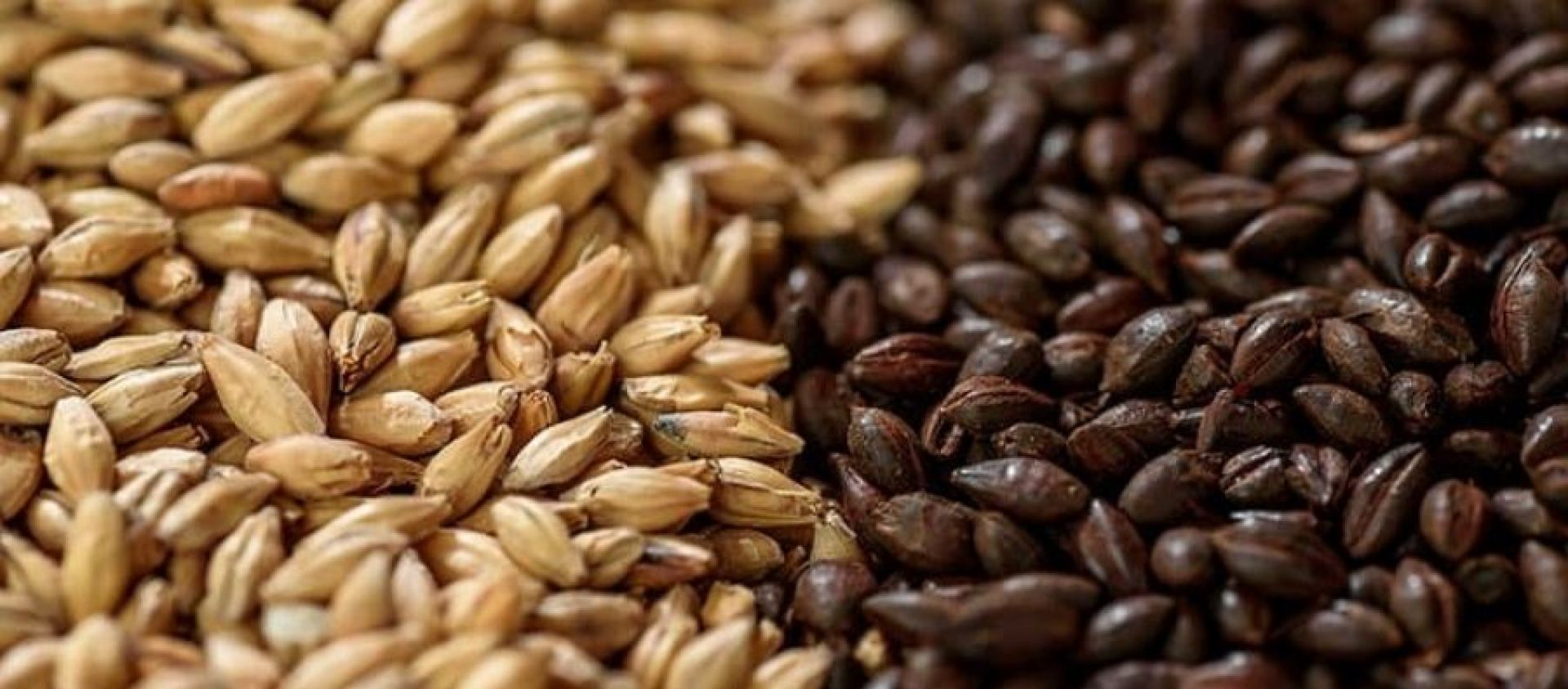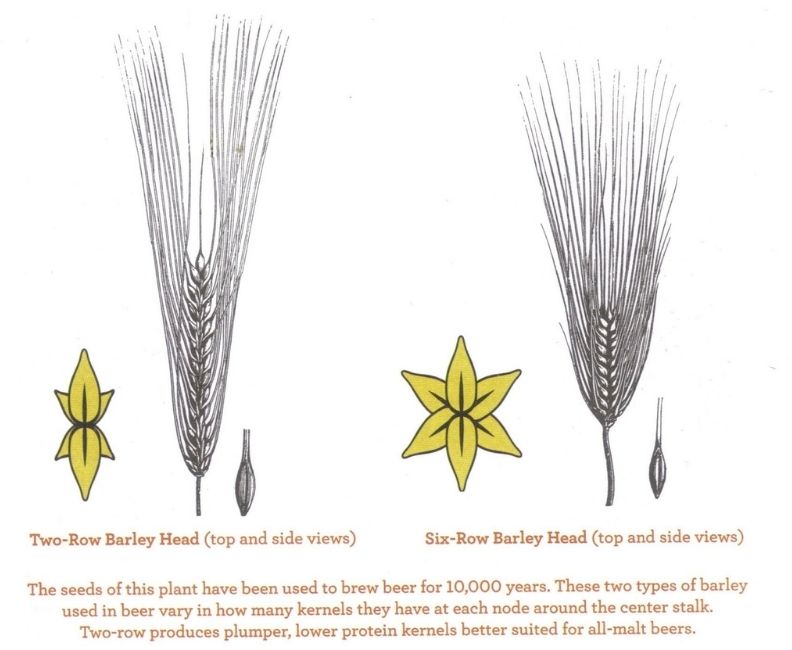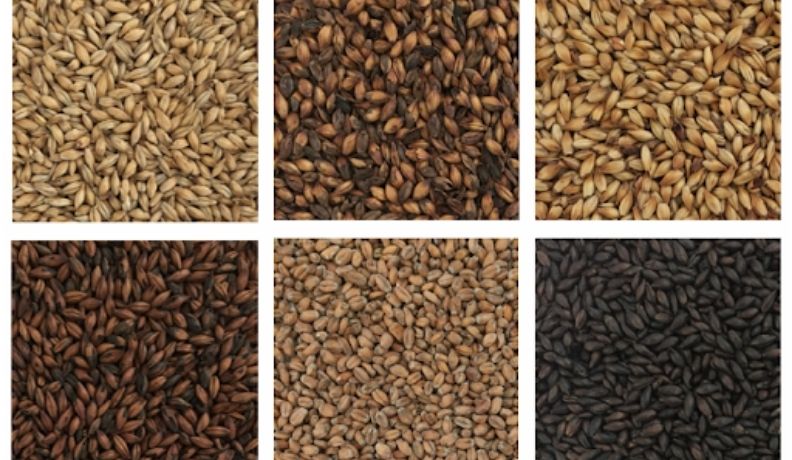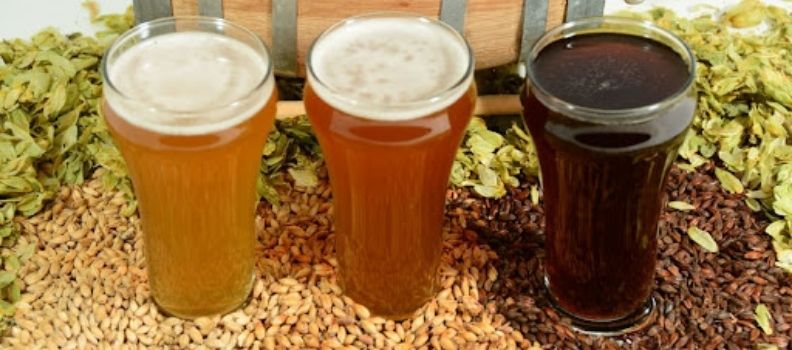
Insights
Malt - Beer’s Main Ingredient and Its Different Types
Farmers develop new malt varieties every year, but that doesn't mean you have to blindly create your beer recipe. This article aims to familiarise you with malt and its types.
Unless you're a beer connoisseur or have read up on the technical side of brewing, you might have questions about what "malt" is or why brewers choose to use malted barley?- More than any other ingredient, malt determines the beer's flavor. The malt varieties used in brewing determine the final color, flavor, mouthfeel, body, and aroma.
[[relatedPurchasesItems-34]]
What is malt?
Malt is a grain product used to ferment beverages and adds flavor and nutrients. Malt is prepared from cereal grains that have undergone partial germination, which alters the grain's inherent food components. Although any cereal grain can make malt, barley is the most common; wheat, rice, rye, and corn are used far less frequently.
Malted Barley, Barley is preferred over other grains because of its ability to keep a husk during harvesting, milling, and handling. Retaining the husk allows the barley to slow its sprouting, regulate its water intake during malting, and maintain the grain shape.
Depending on the size and shape, malted barley comes in two varieties: Two-row barley and Six-row barley. The most noticeable difference between a 2-row barley head and a 6-row barley head is the arrangement of the kernels when the head is seen down its axis. 6 Row Malted Barley is thinner and contains less glucose than 2 Row Malted Barley. It also has more protein and enzymes. There are also flavor differences between 2-row and 6-row malts, with most brewers feeling that 2-row malt gives the finished beer a richer, maltier flavor while 6-row malt gives it a grainier flavor.

Image source: Just Beer Two-Row Barley and Six-Row Barley
Various brewing malts are derived from different regions of the world. Here is a list of some of them:
American Malts
Brewing malts from the United States come in various flavors, aromas, and color profiles. These malts can have a variety of characteristics, ranging from very neutral flavors seen in American lagers and pale ales to more robust flavors found in rye malts and darker malts. Spicy, sweet, and utilized to impart rich flavors, American malts are light on the tongue and easy on the nose.
British Malts
Full-flavored ales are best made with British malts. Malts from the British region are also famous for their chocolate variants, which can impart a roasted chocolate taste to the palate and nose. These malts can produce robust brews with dark amber to almost black colors.
Belgian Malts
Full-flavored lagers, such as Belgian ales and European wheat beers, are made with Belgian grain malts. These are fragrant malts with a strong malt flavor and vibrant hues. When you drink a Belgian malt-style beer, you'll get a diverse experience for all of your senses, from roasted caramel flavors to intricate dark colors.
German Malts
German malts are full-flavored, slightly bolder than American malts. They are used in wheat beers. Depending on the kind, these malts have a richer, deeper flavor and range in color from amber to dark amber. Most German malts have intense caramel flavors due to active enzymes found in this region's malts.
Types of Malt

Image source: Malteurop, Various types of malts used in brewing
Base Malt
In all-grain beer, base malts make up the majority of the grist. Most of the enzymatic (diastatic) capacity to convert starches into fermentable sugars comes from base malts. The most extractable malts are the basic malts. Pale, Vienna, Pilsner, Mild ale, Munich malts, and other malts are included in this category, as are non-barley base malts such wheat and rye malt.
- Pale Malt: Pale malt is the most widely used base malt in beer. It's commonly referred to as "two-row malt." Pale malt is a light-colored malt used to make almost any beer style.
- Pale Ale Malt: Pale ale malt has a slightly darker color and is slightly more kilned than pale malt. Pale ale malt offers a more full-bodied flavor and produces more malty aromas. It is used in a wide range of brews, from pale ales and IPAs to porters and stouts.
- Vienna Malt: Vienna malt is somewhat more kilned than other base malts, giving it a distinct malty flavor and aroma. It has a deeper color than other base malts. Vienna malt has a gritty, occasionally sweet, malty flavor. Vienna Malt is used to make Oktoberfest lagers and Vienna-style lagers.
- Pilsner Malt: Pilsner malt is often lighter in color than pale malt. Pilsener Malt is made from the finest two-row spring barley. It is used to make Pilsner beers, typically German and Czech Pilsners. It has a lighter, crisper flavor than pale malt.
- Munich Malt: Munich malt is deeper in color and can provide a strong flavor to the beer. This malt is ideal for making Dark or amber lagers, mainly German bock beers.

Image Source: Renegade Brewing Variety of Malt used in Different Beer Styles
Specialty Malts
Specialty malts add a distinct quality to the beer, like color, flavor, body, or other enhancing qualities. Specialty malts, unlike base malts, have little or no enzymatic (diastatic) power but do have some extractable substance. In comparison to base malts, specialty malts are utilized in modest amounts. Depending on the brewed style, the brewer may use only one or two varieties of these malts.
- Caramel Malt: Caramel malts are kilned with extra moisture to partially dissolve the sugars in the malt and caramelize inside the grain. These malts have sweet caramel notes on the lighter side and rum and raisin, chocolate, dark fruits, and burnt toffee flavors on the darker side. This makes the beer more malty, caramelly sweet, and full-bodied. Almost all ales and lagers with higher gravity use these malts.
- Dry Roasted Malt: Dry-roasted malts are made by kilning at extremely high temperatures and then roasting them. The temperature and length of roasting determine the color and flavor of malt. Amber malt, biscuit malt, brown, black, chocolate, and dark chocolate malt are all dry-roasted malts.
Smoked Malt
The green malt is either totally or partially dried over a wood fire after germination for a smoky flavor. Maltsters may use varied woods to bring out different flavors. It is a love-it-or-hate-it kind of malt. Some drinkers can't stand the flavor, while others appreciate the peculiar features it gives a beer.
Acidulated Malt
Acidulated malt, often known as Sauermalz (German for sour malt), adds acid to beer. Maltsters develop these flavors by pouring sour wort over the sprouting barley. Because it is super potent, even a tiny amount can provide a harsh taste and lower the pH of the mash.
Other Malts
Modern breweries use malted oats, rye, and wheat, whereas gluten-free brewers use sorghum, rice, and millet. Oats, rye, and wheat contribute to the palate's weight and smoothness.
Article Written By Aakriti Rawat, Beverage Trade Network
Header image source: Brew cabin
Become a USATT exhibitor and grow your distribution in the USA. Meet importers, distributors, retailers and press. Get exhibitor information here.


